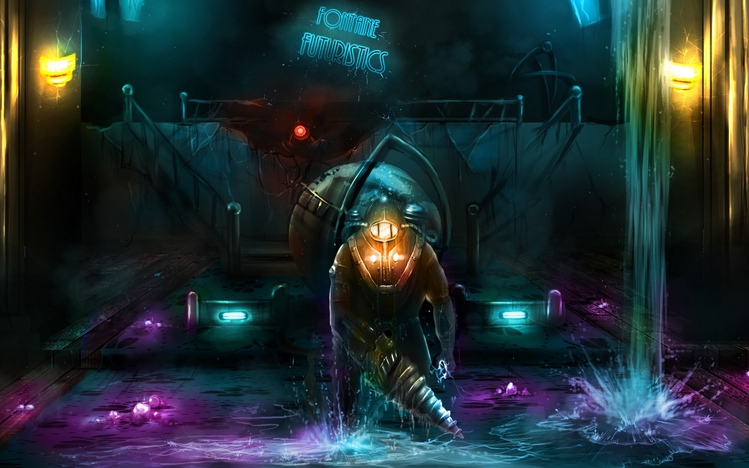
The first thing you always need to do before you print anything in Project is to view the page setup so you know that all the information you need will be printed on the page. Select if you want the report template created in Excel or Visio, then select the report you want to view. The Visual reports dialogue box now appears, as shown in the next snapshot. To create and generate a Visual report, go to the Report tab, then click the Visual Reports button. These provide diagram views of work and cost data. Task Summary, Resource Summary, and Assignment Summary.This is also time phased data that shows baseline versus actual costs and baseline versus actual work. This is based on time phased resource data and shows you resource availability, costs, and work data. This is based on time phased data for tasks and shows you cash flow and earned value over time. Some of these are based on time phased data, or data distributed over time, and some are not. Project offers you six categories of Visual reports. These perspectives are very useful for data analysis. They allow you to view data from different perspectives beyond the standard report capabilities. Visual reports are a lot like Pivot tables in Excel. Move or resize any item in a report by clicking it, then moving it or resizing it.When you do this, a Chart Tools Design tab appears and also a Format Plot area pane on the right side. Data in a chart can be formatted by double clicking on a chart section.They can only be added to the chart pane of Gantt Chart view, a task note, a resource note, or a header, footer or legend in reports. Unlike with a Word document, you can't add graphics wherever you want.
METAL GEAR WINDOWS 10 THEME HOW TO
That said, instead of covering how to use these tools, we are going to cover three important guidelines for customizing and formatting your reports. We can be almost 99.9% sure that if you are using Project 2016, you have also used other Office products and are familiar with these tools. These are all tools common to all Microsoft Office products. What's more, you can add page breaks, adjust the margins, and set the orientation or paper size. You can also add images, shapes, and text box. Using the tools in this tab, you can customize your standard report by adding a theme, changing the font, adding effects, etc. This is the Report Tools Design tab, pictured below. Once you create a report in Project 2016, a new tab will appear on the ribbon.


Project allows you to sort by three criteria in ascending or descending order. What's more, you can show tools, add a border, or place gridlines between the details of the report. Details for resource assignments, notes, and cost can also be included. You can also include details for tasks such as task notes and predecessors. The definition includes the name of the report, the time period for the report, the table of information, any filters that you've applied, and whether or not you want your summary of tasks to appear. There are three categories that you can edit or modify in a standard report. To run a dashboard report, click the Dashboard dropdown arrow (under the Report tab), then select which report you want.Īs we told you, you can also customize standard reports. When we click on Resource Overview, the report is generated for us in the Project 2016 window.ĭashboard reports are new to Project 2016. We are choosing Resource Overview just to show you how easy it is to run a standard report. We are going to choose the Resources Category. To run a report, first click a report category, as we showed you in the last section. Pictured below is the different standard reports for the Resources Category There are four standard report categories: To run a standard report, go to the Report tab. You can also add themes, formatting, images, and shapes to standard reports. In addition, you can also customize standard reports by changing their name, the periods they cover, the table of information, and the filters. Some let you choose the orientation (landscape or portrait). You can choose the format for standard reports, such as a table, chart, or comparison report. They offer a lot of choices regarding the information you can add, so at the same time that we say they're predesigned, they're also customizable. Standard reports are predesigned reports that Project offers you.


 0 kommentar(er)
0 kommentar(er)
